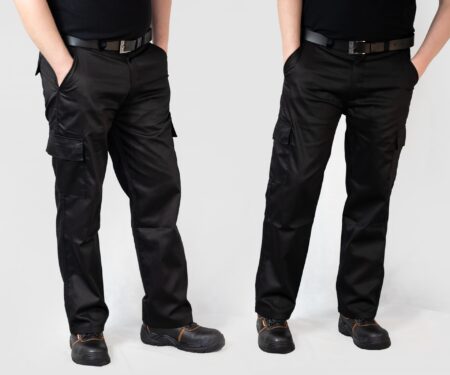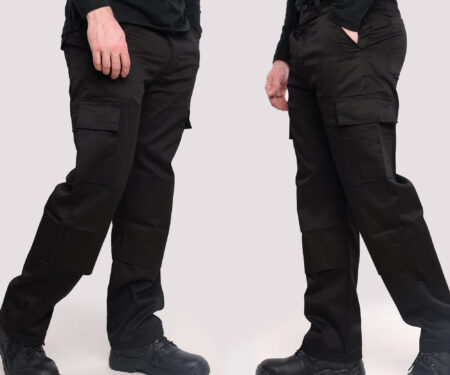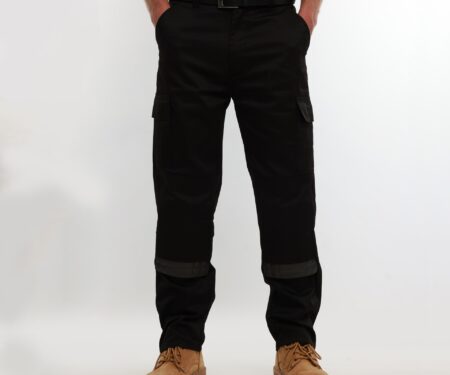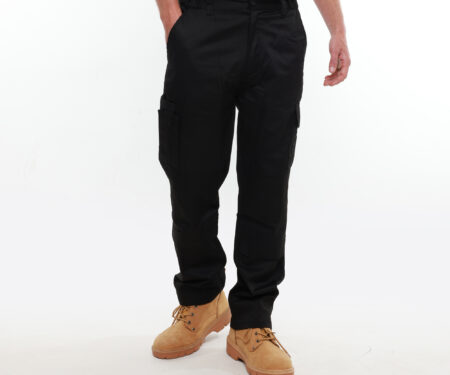Your home’s roofing has a big influence on its appearance, security, and longevity, not to mention your money. The sort of materials you can use, as well as the colour, design, and inclination of your roof, may be governed by your homeowners association. If not, you may educate yourself about the many materials available and choose the finest roofing material for your home after doing your research.
Over the years, roofing materials have advanced, giving you more options than ever.
Things to think about when picking a new roof
Your home’s architectural building style will influence how your roof is designed. As part of their overall appeal, most types often include distinctive roof lines and materials. Usually, permissible roof colours and materials are prescribed by homeowners associations. You can be required to use a certain kind of roofing material or be limited in the colour by community restrictions and regulations. In addition to criteria for energy efficiency and sustainable materials, local construction regulations can include requirements for fire safety and weather resistance.
Your roof’s colour should blend in with the outside of your house and the neighbourhood. Additionally, some hues are thought to be more energy-efficient.
The sort of roofing material you choose may depend on the local climate and environment, notably on the amount of rainfall and or dryness.
What kind of roof you install on your house may also depend on your particular budget. Consider your roof’s endurance and durability if you have a little more financial wiggle room because roof replacements are pricey endeavours that you may not want to undertake frequently.
Make sure the roofing material you choose for your house both complies with local building codes and complements the visual and architectural design of your house.
The pros and cons of different types of roofing material
Slate Tiles
Your bespoke home will have a European feel thanks to the slate tiles that you will be using. Slate tile roofing on European buildings can be nearly 100 years old, dating back to the early 1900’s.
Pros:
Your unique home will seem elegant and will give it a European thanks to slate.
Slate is strong, long-lasting, recyclable, and requires very little upkeep.
Cons:
Natural slate weighs a lot. Up to 680 kilograms per 100 square feet is the average weight of Slate tiles. To support it, you need additional framework at an additional expense. Slate that has been put incorrectly causes moisture issues quickly. When someone walks on slate, it breaks, making roof repair more difficult.
Asphalt and Composite Asphalt Shingle
The most popular and affordable roofing material is asphalt and asphalt composite shingles. It is frequently constructed from a fibreglass base coated in mineral grains and asphalt, or from recycled paper that has been saturated in asphalt and covered in grains. It comes in a range of colours and is widely used. Asphalt roofs, which are regarded as being simple to install and maintain, can be strengthened with organic materials or fibreglass to increase their durability.
Pros:
They are readily accessible, inexpensive, come in a variety of colours, and are simple to swap out. Asphalt shingles with lighter hues can reflect sunlight to increase a home’s energy efficiency. Some shingles may also efficiently emit light, lowering energy requirements even more. Fibreglass shingles are thought to offer good fire protection and might lower the cost of your home’s insurance.
Cons:
As far as roofing materials go, asphalt shingles have a short lifespan, usually 20 to 25 years, but this can be as low as 10 if they are made cheaply. They have minimal to no inherent insulating characteristics, and the quality varies greatly. Despite the fact that they can be recycled, they are not seen to be sustainable. Most of this waste is disposed of in landfills.
Wooden Shingles and Shakes
Wood shakes and shingles give your roof a natural appearance. Shakes are hand-carved from wooden planks and have a more rustic aspect when compared to shingles, which are machine-cut and have flat surfaces and crisp edges.
Pros:
Available in a range of woods, including stress treated cedar, redwood and pine. Wood shakes and shingles can endure five to ten years greater than asphalt shingles. Treated wood shingles are Class A fire rated, which may qualify you for insurance discounts. In addition to being recyclable, many wood shingles and shakes are created from recovered trees that naturally fall.
Cons:
Non-treated wooden shingles only have a Category C fire rating, therefore if left untreated, the cost of your homeowners insurance may increase. Shakes and shingles made of wood may not be allowed in areas prone to flames. This type of roofing material requires frequent cleaning to avoid the formation of mould or algae and is high maintenance if left untreated. Additionally, staining frequently occurs as a result of wood oils reacting with the environment.
In conclusion, you have a variety of options for your new home’s roofing material. While there are numerous variables that might influence your choice of roofing material, the two most important ones to think about are whether material complements your home’s architectural style and whether your local homeowners association has any rules or guidelines for roofing. Make sure to rely on your dependable bespoke builder and architect to help you decide which roofing material is appropriate for your new roof.
For more information be sure to check out www.siteking.co.uk



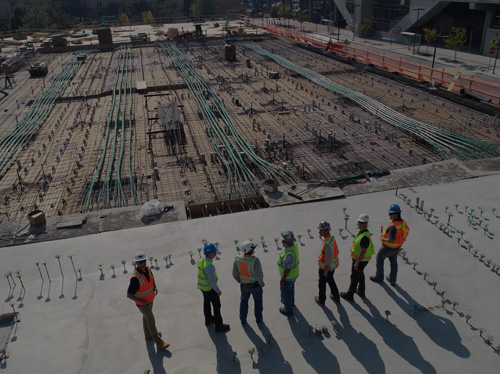
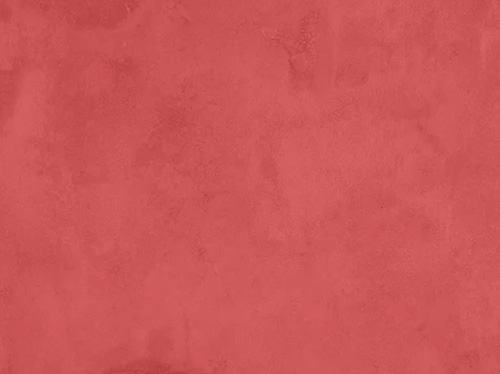

![clearpay1]](https://www.siteking.co.uk/wp-content/uploads/2023/03/clearpay1.jpg)
